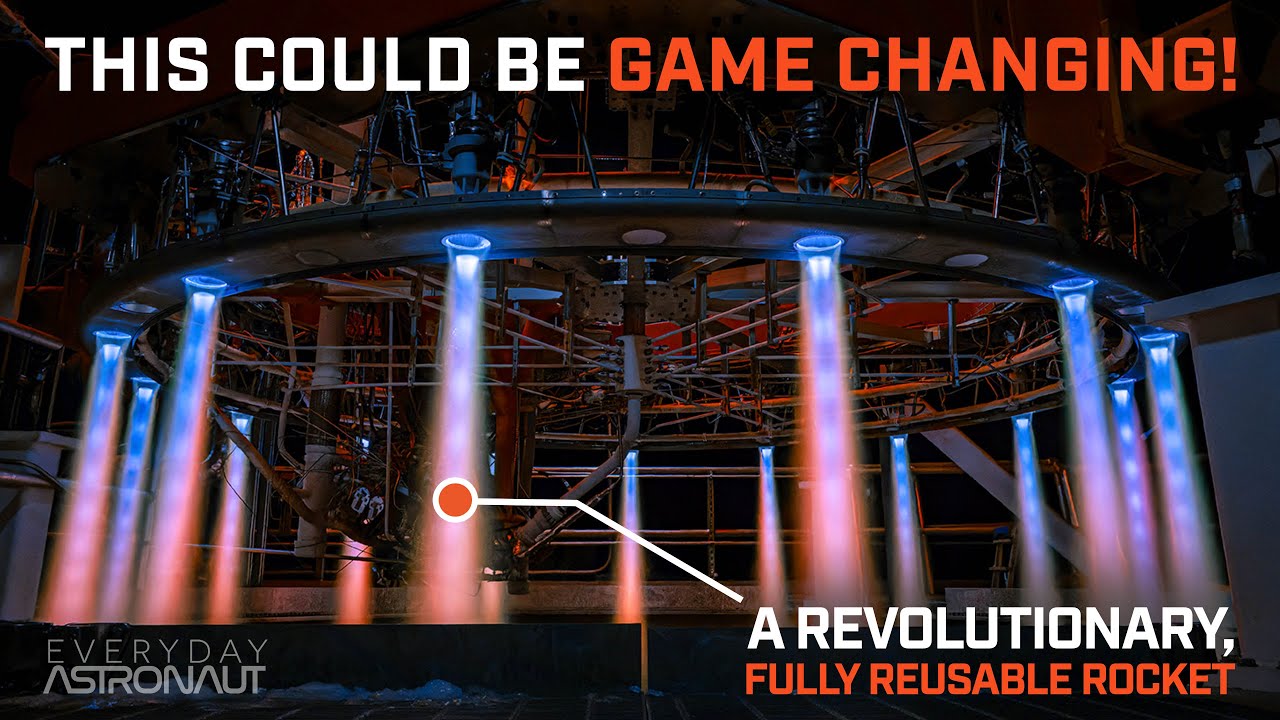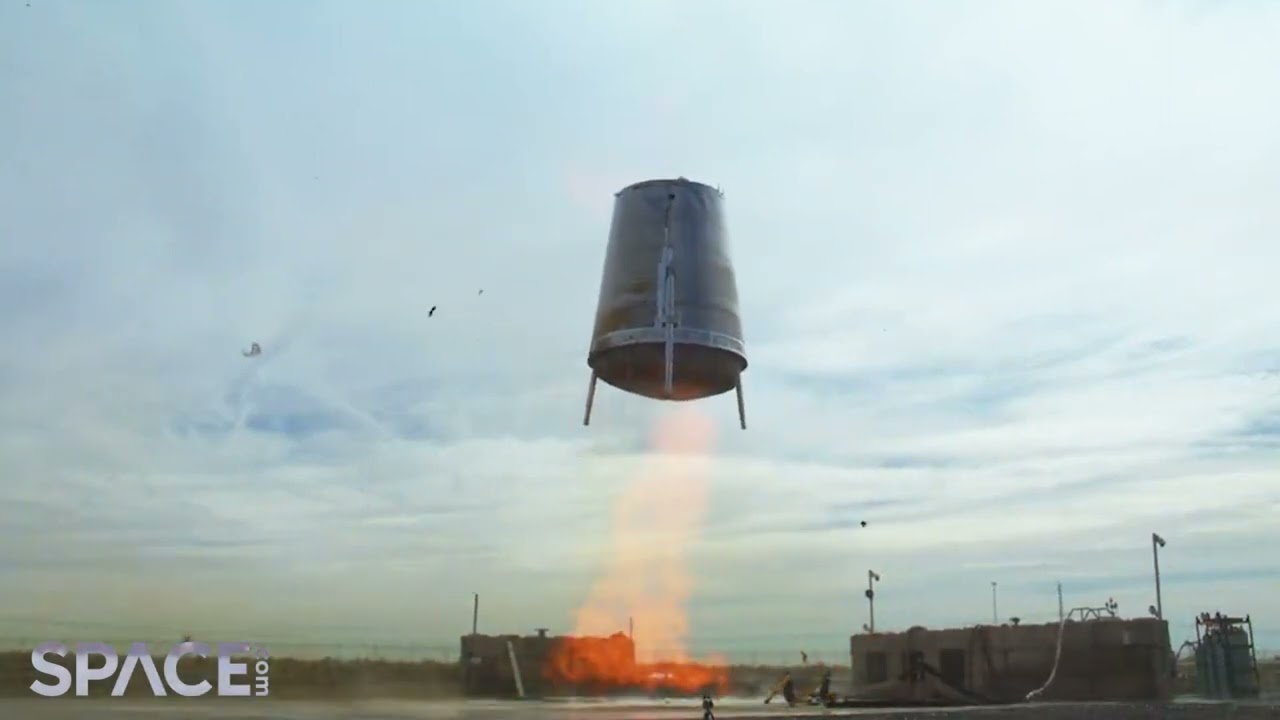Stoke Space is designing a fully-reusable launcher whose second stage returns from orbit and lands using an actively cooled stainless steel heat shield that acts as part of the expander cycle engine the stage uses on ascent and landing.
The open cycle power head feeds 30 thrust chambers around the periphery of the heat shield, producing an aerospike-like effect which is efficient from vacuum to sea level. Fuel is liquid hydrogen, which works well with the expander cycle and provides high specific impulse. Differential thrust is used for steering, and fuel-rich turbine exhaust is routed through the centre of the heat shield, protecting it during re-entry.
The company was founded by a group of SpaceX and Blue Origin veterans and has raised a total of US$ 74.1 million in two rounds of financing so far.

